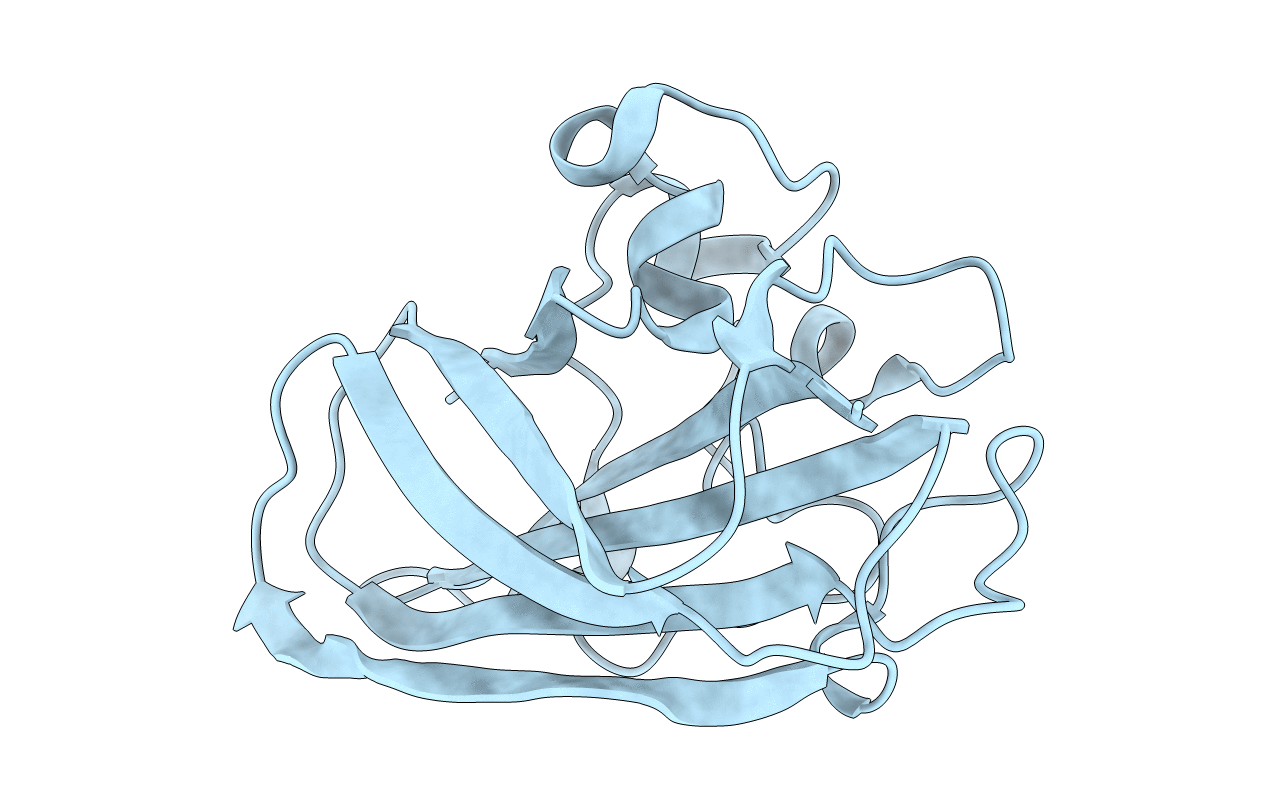
Deposition Date
2011-09-07
Release Date
2012-01-11
Last Version Date
2023-12-20
Entry Detail
Biological Source:
Source Organism:
ENTEROCOCCUS FAECALIS (Taxon ID: 1351)
Host Organism:
Method Details:
Experimental Method:
Resolution:
0.95 Å
R-Value Free:
0.11
R-Value Observed:
0.09
Space Group:
P 32


